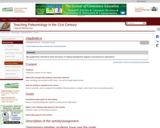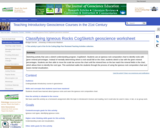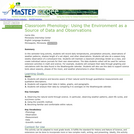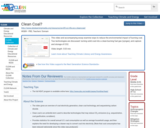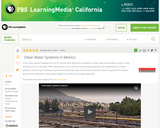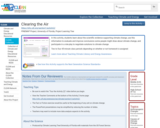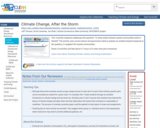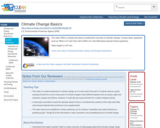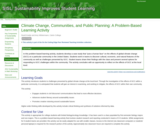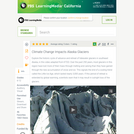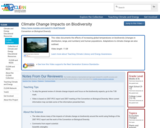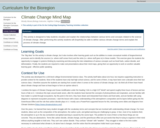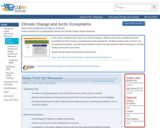This worksheet walks students through how to use the igneous rock composition chart to identify rock types. Students are shown three different rocks and given the mineral percentages for each. Using the mineral percentages, student build a scale bar using colored segments to show the amount of different minerals. Students can then move their scale bar with the colored mineral segments across the igneous rock composition chart until the boundaries in the scale bar match the mineral field boundaries on the chart. Once the student finds a match, the student can see whether the rock is a granite, diorite, gabbro, or peridotite.
This worksheet allows students to complete this task physically, rather than mentally, and walks them through the process of igneous rock identification based on mineral composition. We find that it also makes the chart more understandable and approachable.
This worksheet uses the sketch-understanding program with built-in tutor: CogSketch . Therefore, students, instructors, and/or institution computer labs need to download the program from the CogSketch website: http://www.qrg.northwestern.edu/software/cogsketch/. At any point during the worksheet, students can click the FEEDBACK button and their sketch is compared to the solution image. The built-in tutor identifies any discrepancies and reports pre-written feedback to help the student correct their sketch until they are done with the activity. Once worksheets are emailed to the instructor, worksheets can be batch graded and easily evaluated. This program allows instructors to assign sketching activities that require very little time commitment. Instead, the built-in tutor provides feedback whenever the student requests, without the presence of the instructor. More information on using the program and the activity is in the Instructor's Notes.
We have developed approximately two dozen introductory geoscience worksheets using this program. Each worksheet has a background image and instructions for a sketching task. You can find additional worksheets by searching for "CogSketch" using the search box at the top of this page. We expect to have uploaded all of them by the end of the summer of 2016.
(Note: this resource was added to OER Commons as part of a batch upload of over 2,200 records. If you notice an issue with the quality of the metadata, please let us know by using the 'report' button and we will flag it for consideration.)
